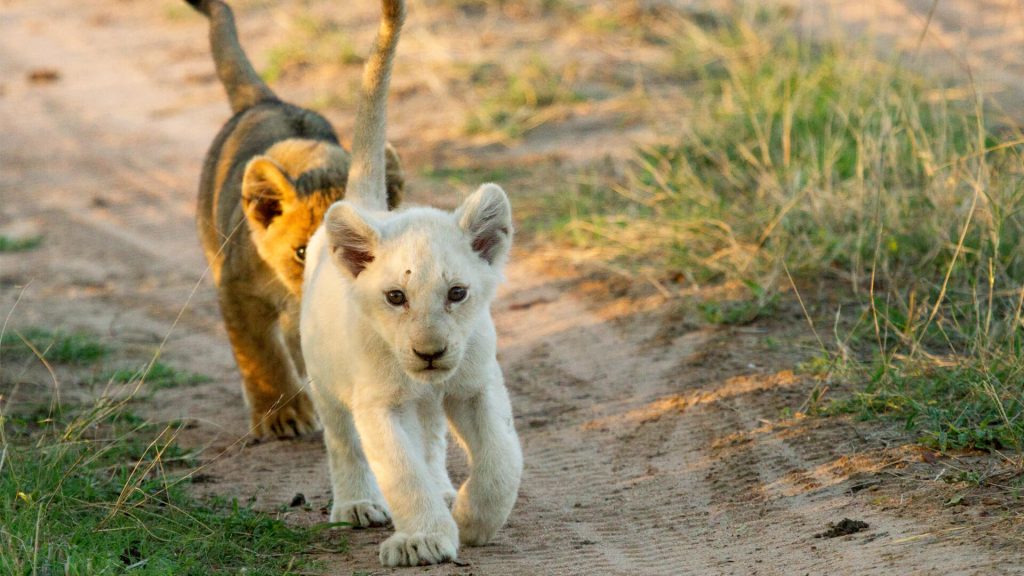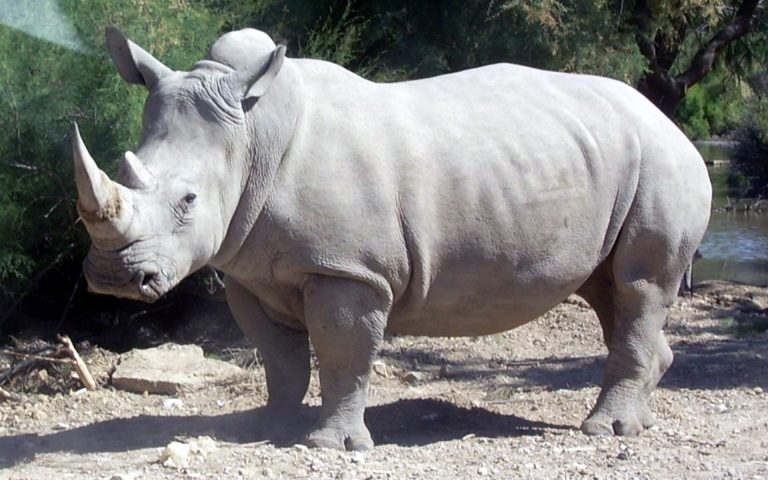- Blogs & Tips
The White Lion Color, Size, Diet, Strength & Facts
- Last updated: 6 months ago
- By LSTWebmasters
The White Lion, Size, Diet, Strength & Color
A white lion isn’t just rare—it feels almost unreal when you first see one. This isn’t a separate species or an albino lion. It’s a natural genetic twist called leucism—a condition that fades the usual golden coat into something pale, almost ghostlike. The result? A lion that looks dipped in moonlight, with fur that ranges from soft blond to icy platinum, but with normal-colored eyes that lock onto you like any apex predator.
Now imagine this: You’re on safari in Africa. The grass is dry and gold, the air is still, and your eyes are scanning for movement. You expect something tawny to appear—a regular lion maybe. But then your guide whispers and points. And there it is. Walking through the savanna like a legend made real. A white lion. Larger than you imagined. Quieter than you thought possible. Your camera hangs forgotten. Because no one told you seeing one would feel like this.
That’s your first white lion sighting. And trust me, you won’t forget it.
It’s not just the color. It’s the feeling. As if the wild itself is showing you something secret. Something sacred.
White lions aren’t albinos. Their pale coats come from a rare genetic trait called leucism—a recessive gene that dilutes their golden color.
They are Panthera leo, just like regular lions, but when you lock eyes with one, they feel like something else entirely.
White Lion Size: Royal Blood Still Wears the Crown
White lions have the same build structures and features as other African lions. Adult males can weigh up to 190–220 kilograms (420–485 lbs) and stretch up to 3 meters from nose to tail. Females are smaller but still powerful, around 130–160 kilograms.
But standing before one, it doesn’t feel like you’re just looking at “another lion.” The pale coat reframes everything. You notice the ripple of muscle beneath that unusual fur. The wide head. The thick mane (in males), which can be snow-blond in the sunlight. They don’t look mythical. They look real, and that’s what makes it so surreal.
The White Lion Color, Size, Diet, Strength & Facts Pictorial



White Lion Strength
White lions, like all lions, are explosively powerful predators and the skin color doesn’t make them any weaker. Their muscular shoulders and thick limbs allow them to leap, chase, and bring down prey two to three times their size. They can run at up to 80 km/h (50 mph) in short bursts and leap over 10 meters in a single bound.
What’s stunning is how they move with grace until the switch flips. One moment, they’re lounging in the grass. The next, they’re a blur of movement and raw force. It’s like watching a ballet dancer that could also punch through a wall. Beauty and brutality, perfectly balanced.
Lion Diet: Carnivore With a Big Appetite
White lions eat what all lions eat: meat, and lots of it. Their diet includes zebra, wildebeest, warthog, buffalo, and sometimes giraffe. A single lion can consume up to 40 kg of meat in one sitting, though most meals are smaller. They’re opportunistic hunters and will also scavenge when needed.
Watching a white lion feed is watching nature unfiltered. The elegance disappears. What’s left is instinct, urgency, and a reminder that being rare doesn’t mean being gentle. The savanna doesn’t play favorites—if anything, standing out makes life harder. But white lions survive anyway.
White Lion: Habitat: Home of the Rare and Resilient
White lions were first documented in the Timbavati region of South Africa, near the Kruger National Park. Today, they live in both protected reserves and in the wild—though wild populations are incredibly rare. Most white lions you’ll see are part of monitored conservation programs.
They live in the same environments as tawny lions: savannas, grasslands, and bushveld ecosystems. But seeing one in that golden landscape—so pale, so out of place—feels like a ripple in the matrix. Like someone turned down the saturation on your safari.
White Lion Bite Force: 650 PSI of Precision
White lions have a bite force of approximately 650 PSI—enough to crush bone, tear hide, and kill prey instantly. Their jaws are built for efficiency. When they clamp down, it’s not about power for show. It’s survival. And they’re very good at it.
You might see one yawn and catch a glimpse of those canines—up to 10 centimeters long. It’s strangely disarming. One second you’re admiring the soft fur and rare color. The next, you remember: this is a killer. Not because it wants to be—but because it has to be.
Suggested Packages
What It’s Like to See One Up Close
The air feels… heavier. Like something important just arrived. It walks differently. Not faster, not slower. Just with more meaning. You stop thinking about your camera. You just stare. And then, when it looks at you—even for a second—it feels personal.
Seeing a white lion is like walking into a story you thought wasn’t real. And it ends too quickly. But you’ll carry that moment—how the light hit its fur, how the grass barely moved around its feet—for the rest of your life.
Tips for Spotting a White Lion
Go where they’re protected: Timbavati, Kruger (South Africa), or specific reserves like Sanbona and Pumba.
Travel during dry season: (June–October) for easier sightings near water.
Use a trained guide: They know the lion prides and territories.
Be patient: White lions are elusive. Some visitors miss them. That’s what makes it matter more when you don’t.
Don’t rush the moment: When you see one, just watch. Let it be real.
Why It’s Worth the Trip
Because it’s not just about rarity. It’s about meaning. In a world that feels predictable and overexposed, the white lion reminds you that magic still exists. That nature still has secrets. That you can still be stunned speechless by something real.
You don’t travel this far just to see something new. You come to feel something ancient.
Conclusion
Ready to meet the most legendary cat on Earth?
Your safari won’t just give you stories—it’ll give you something to believe in. Book your white lion experience today and let’s take you to these mystic predators.
Send Enquiry
Step into the mist and meet a wild silverback face to face.
In that silent moment, something inside you changes forever and that time, you will understand that gorilla trekking isn’t just a trip but a soul-stirring journey.
GET A QUOTE
Limited permits available.










